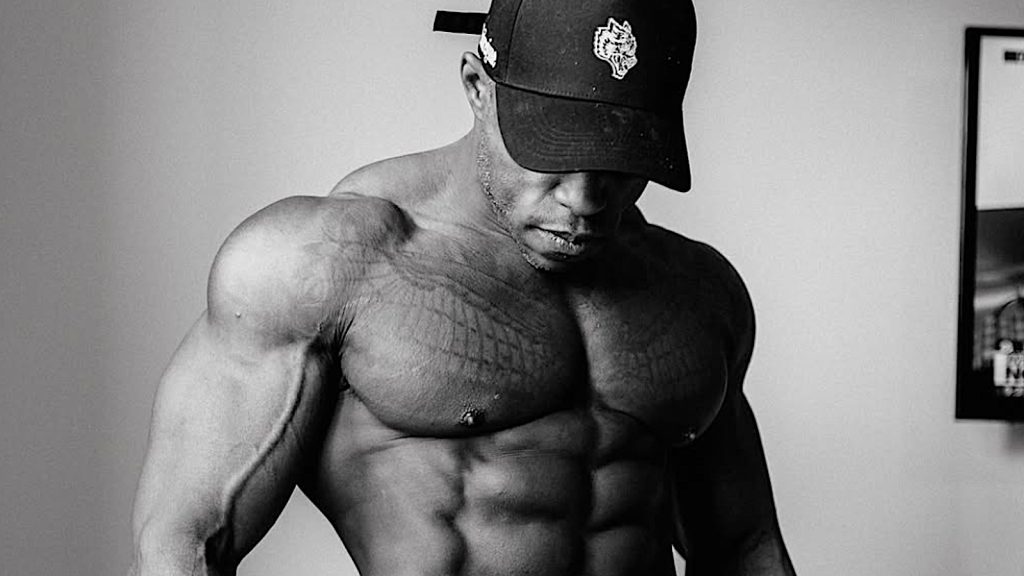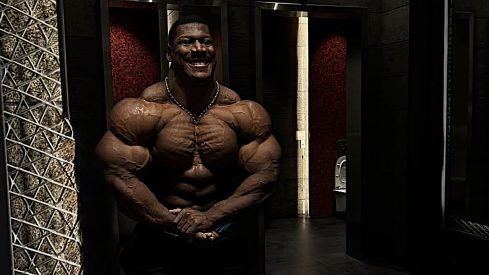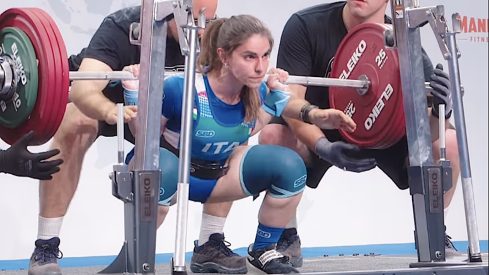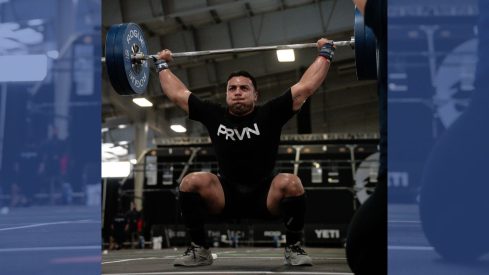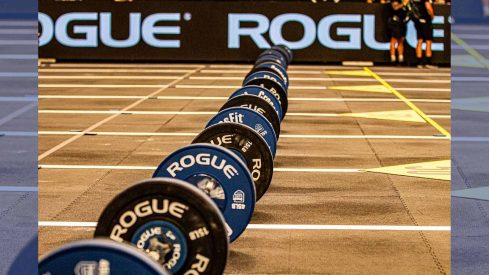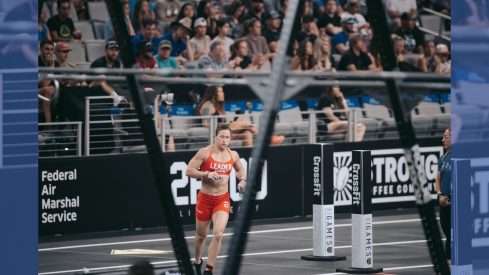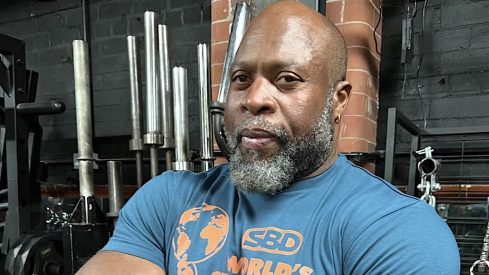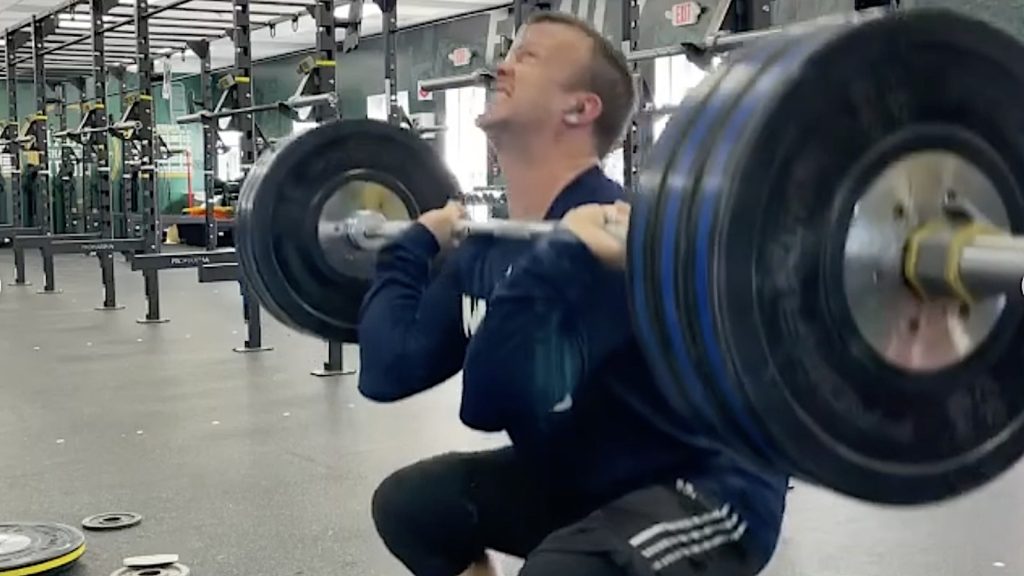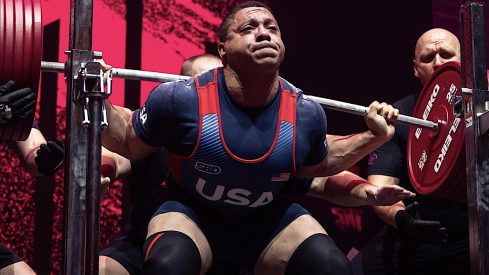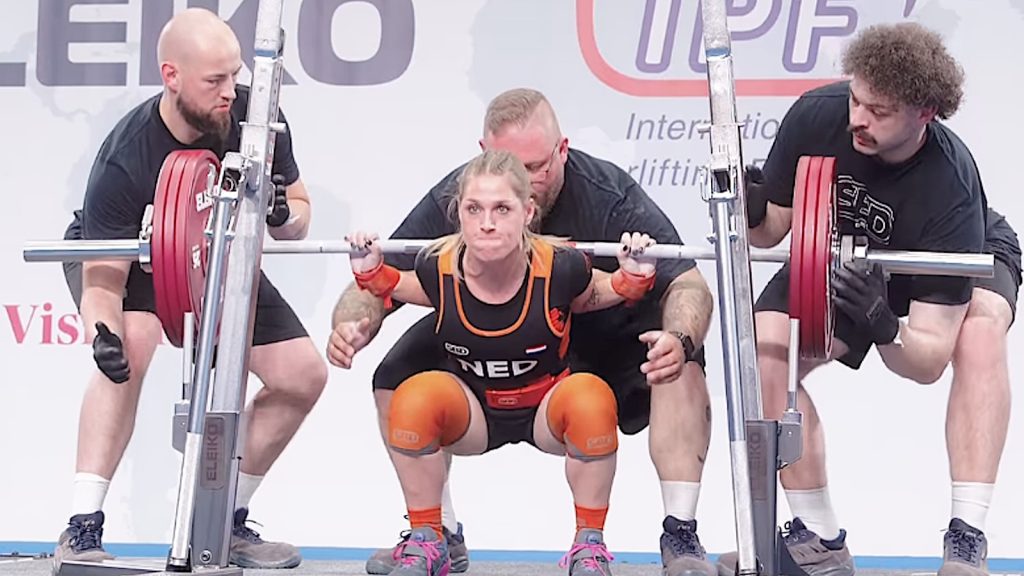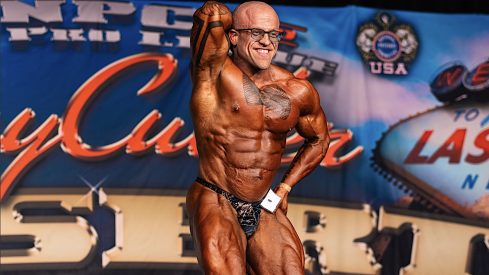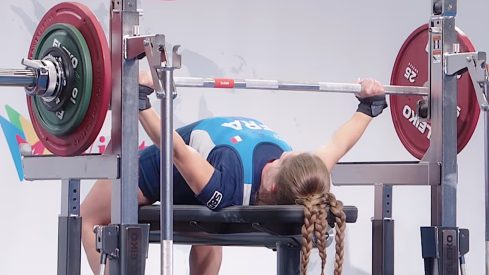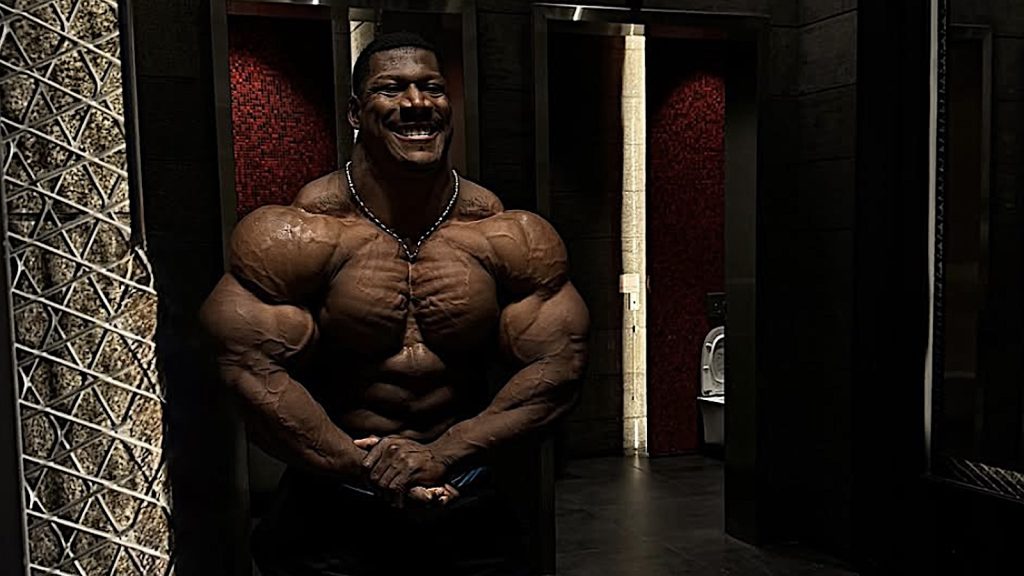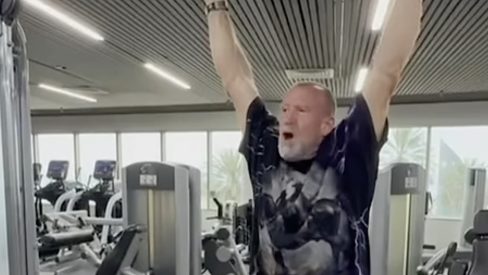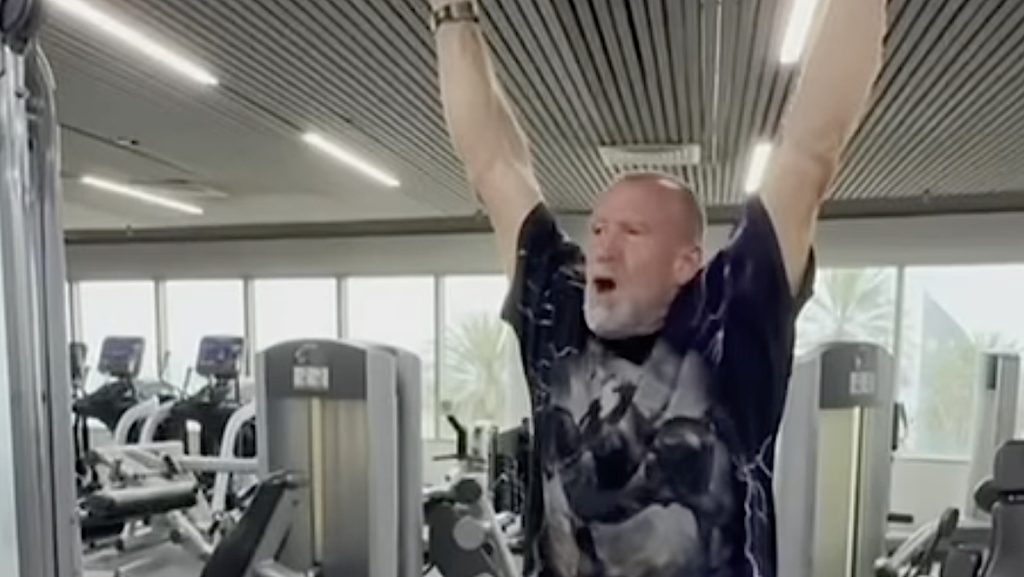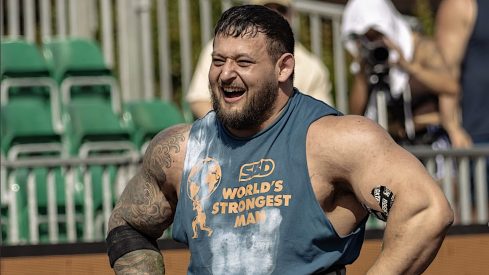Latest News
-
2025 St. Pete Pro Men’s Physique Show Preview
The 2025 St. Pete Pro is scheduled for Saturday, June 28, in St. Petersburg, FL. This event will host a 2025 Men’s Physique Olympia qualifier event. The winner out of 38 athletes qualifies to compete at the 61st Olympia in Las Vegas, NV, on Oct. 9-12. 2025 St. Pete Pro Roster The lineup for this event is below, with names…
Crossfit
-
Brent Fikowski Talks New Standards Database and Safety Push on Froning Podcast
On June 25, nine-time CrossFit Games athlete Brent Fikowski appeared on The Rich Froning Podcast to discuss a new initiative he’s been working on with a team of expert coaches and judges. The initiative is led by: The Details Fikowski called the initiatve an “important first step in trying to move this sport forward.” The…
Strongman
-
Tour Strongman Shane Flowers’ Home Gym
Strongman Shane Flowers turned his rural UK property into a serious training base. He cleaned and equipped his double garage and barn with equipment that matches the demands of competition. Everything inside, from compact racks to massive granite stones, helps Flowers prepare for elite-level contests. He is deep into preparation for the upcoming 2025 Strongest Man on Earth contest, scheduled for Aug.…
Weightlifting
-
How Often Should Weightlifters Max-Out Lifts?
Olympic weightlifting demands power, precision, and flawless technique across two lifts: the snatch and the clean & jerk. Raw strength is at the heart of these movements, often measured through the one-rep max (1RM), a benchmark for assessing a lifter’s maximum capacity. (1) Olympic weightlifting coach Brian Chambers and 2025 National University Champion and coach Calvin Lackey shared their insights on how…
Powerlifting
-
Pleun Dekkers (52KG) Sets Squat Record at 2025 IPF World Classic Championships
At the 2025 International Powerlifting Federation (IPF) World Classic Championships in Chemnitz, Germany, from June 8-15, 2025, the Women’s 52KG category witnessed history. Pleun Dekkers of the Netherlands set a squat world record on her second attempt and then broke it on her following attempt en route to an overall bronze medal. While Evie Corrigan…
Bodybuilding
-
2025 FLEX Weekend Italy Pro Bodybuilding Show Preview
The 2025 FLEX Weekend Italy Pro is set for Saturday, June 28, in Milan, Italy. The FLEX Weekend Italy Pro features four 2025 Olympia Weekend qualifier contests for the IFBB Professional League’s Men’s Open, Classic Physique, and Men’s Physique divisions. The winners of each competition are eligible to represent their category at the 2025 Olympia in Las Vegas, NV, from…
More News
-
Dorian Yates on Excessive Exercise: “You’re Aging Yourselves”
In a late June 2025 interview with Balance My Hormones, six-time Mr. Olympia Dorian Yates revealed his diet and training after professional bodybuilding. Known as “The Shadow” for his reclusive, brutal contest preps, Yates preaches a more sustainable 80/20, health-centered lifestyle post-retirement. To be the best is in no way a balanced situation. How do we get…
-
Tour Strongman Shane Flowers’ Home Gym
-
Deadlift Like a Pro Strongman by Training These 3 Exercises
-
Could the Current U.S. Travel Bans Affect the 2025 CrossFit Games?
-
Rayno Nel Will Not Compete at the 2025 Strongest Man on Earth
-
Breaking: Tia-Clair Toomey-Orr Will Compete at the 2025 CrossFit Games
-
How Strongman Mark Felix Is Rebuilding His Overhead Strength
